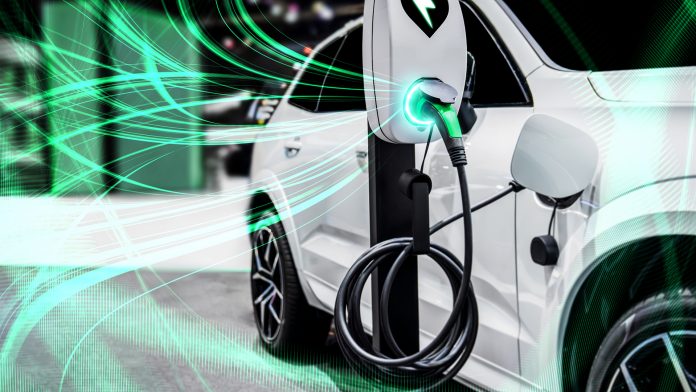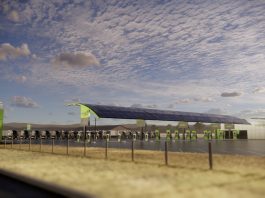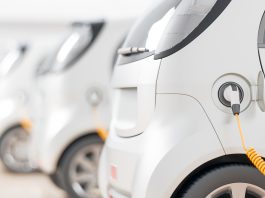Scientists at the Tokyo Institute of Technology have pioneered a cutting-edge technique using diamond quantum sensors that accurately estimates electric vehicle range.
A current drawback of some electric vehicles (EVs) is the inaccuracy of their battery charge, which can be wrong by as much as 10%. Japanese researchers now look to have innovated a groundbreaking solution to this problem, developing a diamond quantum sensor-based detection technique that can precisely quantify electric vehicle range.
Limitations of electric vehicle battery efficiency
Electric vehicles have experienced a significant surge in demand as the world transitions from the emissions-producing combustion engine to the greener, battery-powered, emission-free alternative. This has led to efforts to enhance the efficiency of electric vehicle batteries; however, a major drawback is that their estimated charge can be widely inaccurate.
The charge of an electric vehicle battery is measured based on the battery’s current output, which then estimates the remaining driving range of the vehicle. Battery currents of EVs can typically reach hundreds of amperes; however, commercial sensors that detect these currents cannot measure small changes in the current at milliampere levels. This can result in electric vehicle battery range inaccuracies of up to 10%
Improving efficiency with quantum sensors
To overcome these limitations, Tokyo Institute of Technology researchers have developed a diamond quantum sensor-based detection technique that can estimate electric vehicle battery charge with 99% accuracy.
Professor Mutsuko Hatano, the study’s leader from the Tokyo Institute of Technology, said: “We developed diamond sensors that are sensitive to milliampere currents and compact enough to be implemented in automobiles. Furthermore, we measured currents in a wide range and detected milliampere-level currents in a noisy environment.”
The team developed their prototype sensor using two diamond quantum sensors placed on either side of the busbar – the electrical junction for incoming and outgoing currents – in the car. They then employed differential detection to eradicate the noise detected by the sensors and retain only the actual signal. This allowed them to identify a small current of 10 mA in the background environmental noise.
Subsequently, the team employed a mixed analogue digital control of the frequencies generated by two microwave generators to track the magnetic resonance frequencies of the quantum sensors over a one gigahertz bandwidth. This facilitated a large dynamic range of ±1000 and a wide operating temperature range of − 40 to + 85 °C.
For the final stage, the researchers tested for Worldwide Harmonized Light Vehicles Test Cycle (WLTC) driving – the standard test for energy consumption in electric vehicles. The quantum sensors accurately traced the charge and discharge current from -50 A to 130 A and a battery charge estimation accuracy within 1%.
Professor Hatano concluded: “Increasing battery usage efficiency by 10% would reduce battery weight by 10%, reducing 3.5% running energy and 5% production energy of 20 million new EVs in 2030 worldwide. This, in turn, corresponds to a 0.2% reduction in CO2 emissions in the 2030 global transportation field.”









